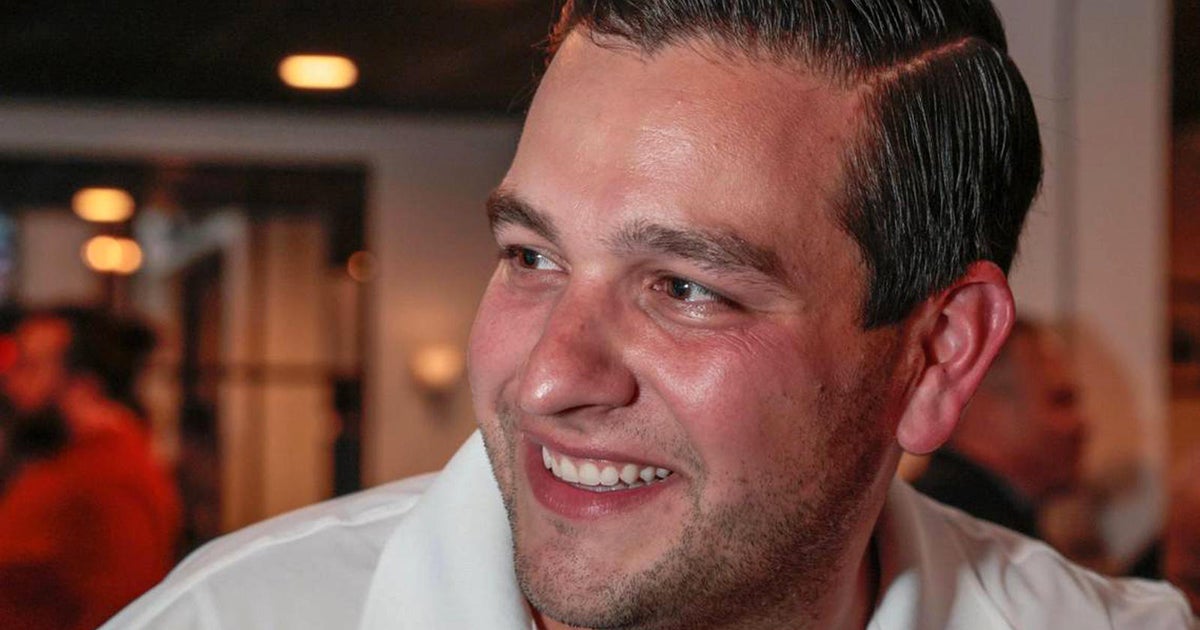The UAW strike is underway. Here's what it looks like so far.
Some 13,000 autoworkers walked off the job at midnight Friday after their union leaders were unable to agree on a new contract with Ford, General Motors and Stellantis.
"Tonight, for the first time in our history, we will strike all three of the Big Three at once," UAW President Shawn Fain said in a Facebook Live address late Thursday night.
Fain said that members would use a so-called "stand up" strike strategy in which employees "at a limited number of targeted locations" would be involved. The walkouts are taking place at three factories: a GM assembly plant in Wentzville, Missouri, a Ford assembly plant in Wayne, Michigan, and a Stellantis assembly complex in Toledo, Ohio.
"The locals that are not yet called to join the stand-up strike will continue working under an expired agreement," Fain said Thursday.
- As UAW negotiations continue, Big Three automakers say they are bargaining in "good faith"
- "We're going to win:" UAW president announces strike vote results
- General Motors Q2 earnings rise 52% on strong sales
Fain said more employees will strike if the Big Three stall the negotiations or continue to send "insulting offers" that don't meet union members' requests.
It marks the first UAW strike since auto workers walked out on GM in 2019, and could culminate in the nation's largest strike by active employees in 25 years. The strike could cause a surge in car prices, result in $5.6 billion in economic losses for the automakers, according to one forecast and reduce the nation's GDP by as much as 0.3%, according to Oxford Economics.
What are their demands?
At the top of UAW's list of demands are hefty pay raises for members.
The UAW began this week asking for a 46% pay raise over four years. However, the union has backed off that number and is now asking for a 36% wage increase, said Garrett Nelson, an automotive analyst for CFRA Research. That would play out as an 18% immediate raise followed by annual increases of 4% or 5% for the remainder of the contract, Nelson said in a research note Tuesday.
Union demands also include pension benefits for all employees; limiting the use of temporary workers; more paid time off, including a four-day workweek; and more job protections, including the right to strike over plant closings.
The UAW also wants the two-tiered pay system present at all three companies eliminated because members say it unfairly reduces some of their colleagues to second-class workers. Higher tier workers — anyone who joined the company before 2007 — make roughly $33 an hour while anyone who joined after that year is part of the lower tier and make around $17 an hour. Lower tier employees also don't receive defined benefit pensions and their health benefits are less generous.
"Most generous offer in 80 years"
The Big Three haven't been willing to fully meet union demands, but said they've made reasonable counteroffers and are willing to negotiate further. The companies argue that they're under tremendous pressure to keep costs and car prices low in order to compete with Tesla and overseas automakers.
Ford Motor CEO Jim Farley said earlier this week that the company offered UAW members pay increases, elimination of tiers, inflation protection, five weeks of vacation, 17 paid holidays and bigger contributions for retirement — a package he described as the "most generous offer in 80 years." Farley said Ford made four offers in total but hasn't heard back from the UAW since its latest offer.
"It's hard to negotiate a contract when there's no one to negotiate with," he said Wednesday night. "It was fully competitive with all of the UAW-negotiated settlements, sometimes after strikes, with other industrial companies and we heard nothing."
Stellantis said it's also waiting on the UAW to respond to its latest offer.
"Our focus remains on bargaining in good faith to have a tentative agreement on the table before tomorrow's deadline," Tobin Williams, senior vice president of human resources, said in a letter to employees Wednesday. "The future for our represented employees and their families deserves nothing less."
Adam Hersh, senior economist at the Economic Policy Institute, said the Big Three can afford to pay workers more. In a blog post Tuesday, Hersh noted that the Big Three saw combined profits of $250 billion between 2013 to 2022 and expect to bring in more than $32 billion in additional profits for 2023. Hersh said in the post that the Big Three is arguing that paying workers more would jeopardize their efforts in producing more electric vehicles.
"Despite all the company tricks, there is more than enough money for them to make EV investments, to pay their workers a fair share, and to maintain healthy profits," Hersh wrote in the post.




